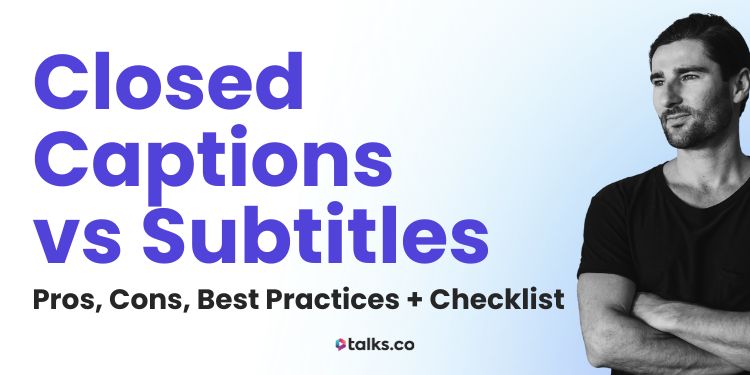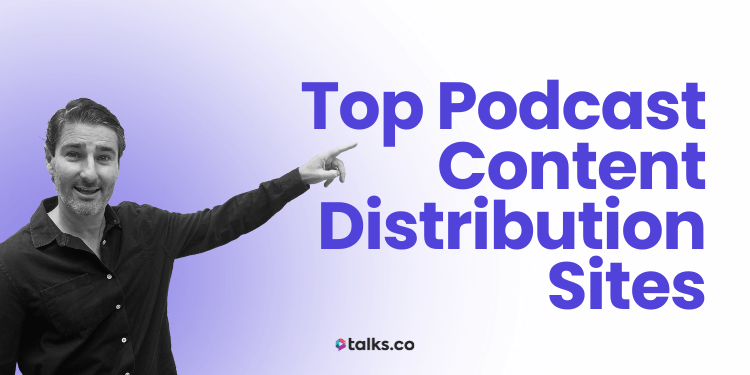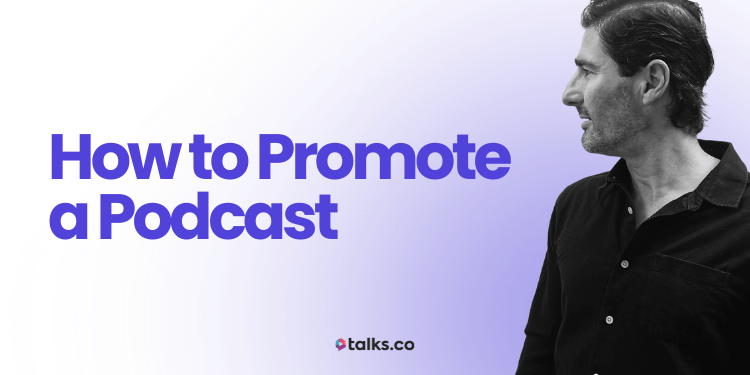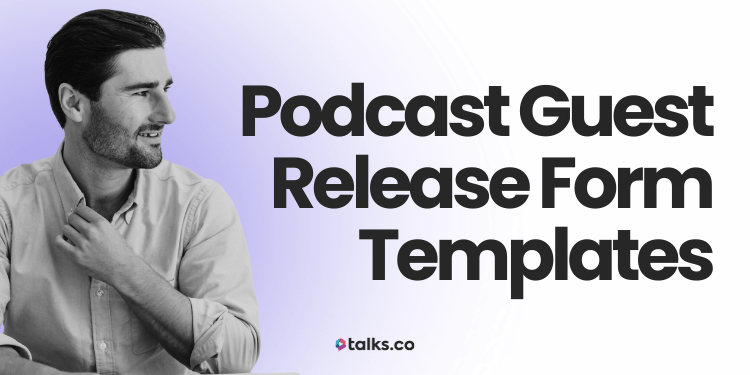You’re mid-edit on your latest video or podcast episode. Everything’s lined up. Solid message, clean audio, strong visuals. Then comes that last step: add captions or subtitles?
That’s where things get murky. You’ve seen both, heard both, maybe even used both.
But… aren’t subtitles and closed captions (CC) the same thing? And does it really matter which one you choose?
Yes, it does. Especially if you’re trying to reach more people, boost visibility, and make your video content easier to follow on any platform, in any format.
In this guide, I’ll break down closed captions vs subtitles with real examples, clear tips, and what actually works across platforms like YouTube, Instagram, and podcast players.
By the time we’re done, you’ll know exactly what to use and how to use it so your video content speaks louder, connects faster, and gets watched all the way through.
What Are Closed Captions vs Subtitles?
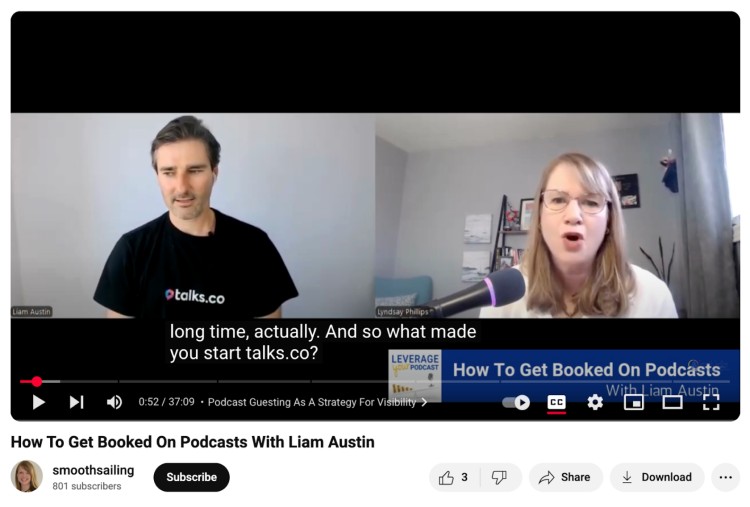
Closed captions and subtitles both show text on screen, but they serve different purposes. Here’s the quick difference:
- Closed captions: Show all spoken words plus important background sounds and music cues.
- Subtitles: Display only the spoken dialogue, usually as a translation for viewers who don’t understand the original language.
Closed captions help people who can’t hear the audio, while subtitles help people who can hear but don’t speak the language.
Knowing which one to use makes your content more accessible and easier to follow.
Why are subtitles called closed captions?
Short answer: Video platforms blur the lines.
YouTube, Instagram, TikTok, they all use the word “captions” even when they really mean “subtitles.” The tech doesn’t always make the distinction, so people don’t either.
Some reasons for the confusion:
- The toggle in your video settings usually says “Captions”, even if it’s just translated dialogue.
- Upload tools and apps often group both under the same label.
- Auto-captioning features try to guess what you’re saying but don’t always clarify what type they’re creating.
Why are captions sometimes called subtitles and vice versa?
It’s not just the platforms. It’s how people talk.
- In the US, “captions” means full audio coverage.
- In other countries, “subtitles” is the catch-all term.
Most people just want “words on screen” and don’t worry about what they’re technically called. So yeah, the terms get swapped around a lot but the purpose behind them is what really counts.
Closed Captions and Subtitles Difference
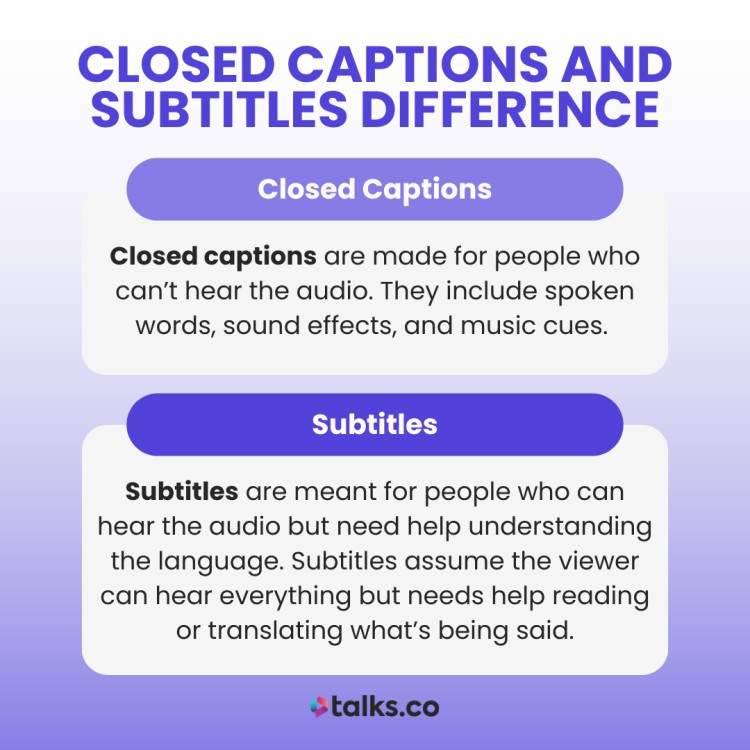
Closed captions are made for people who can’t hear the audio. They include spoken words, sound effects, and music cues.
Subtitles are meant for people who can hear the audio but need help understanding the language. Subtitles assume the viewer can hear everything but needs help reading or translating what’s being said.
The goal is different and that’s what sets them apart. Captions focus on accessibility. Subtitles provide translation.
Tip: Using podcast script templates from the start can help make captioning and subtitling cleaner, faster, and more accurate.
Closed captions vs open captions vs subtitles
Understanding the differences between captions and subtitles gets trickier when you throw open captions into the mix. Here’s an easy way to tell them apart and when each is used.
| Feature | Closed Captions | Open Captions | Subtitles |
| Can be turned on/off | Yes | No | Yes |
| Includes non-speech sounds | Yes | Yes | No |
| Translates dialogue | Usually no | Usually no | Yes |
| Purpose | Accessibility for the deaf or hard of hearing | Always visible, for accessibility or stylistic choice | Translation for viewers who understand the language |
| Usage examples | YouTube, TV broadcasts | Some films, social media videos | Foreign language films, international shows |
There’s also a category called SDH subtitles (subtitles for the deaf and hard of hearing), which combines elements of both. They’re technically subtitles, but they include sound cues like closed captions.
So if you’ve ever wondered about SDH subtitles and closed captions, the main difference is that SDH is styled like subtitles but functions like captions for accessibility.
Closed vs open captions
The key difference between closed and open captions is control.
- Closed captions can be turned on or off by the viewer, giving flexibility.
- Open captions are burned into the video permanently. Everyone sees them no matter what.
This makes open captions useful when the platform doesn’t support caption toggling or when creators want captions to be part of the design.
Closed Captions vs Subtitles: Which Is Better?
There’s no one right answer. Just the right choice for your audience and platform. Here’s a quick side-by-side to help you pick what works best in terms of video accessibility.
Closed captions
| Pros | Cons |
| Covers speech and sounds (like [applause], [music], [laughter]) | Auto-generated ones can be messy and need cleanup |
| Helps viewers who can’t hear or are watching with sound off | Not the best fit for global translation |
| Great for interviews, fast talkers, or noisy recordings | Viewers have to switch them on manually (unless open) |
| Can boost watch time and replay value | Some platforms don’t support toggling closed captions |
Subtitles
| Pros | Cons |
| Perfect for translating spoken words across languages | Doesn’t include sound cues, just the dialogue |
| Lets you keep the original audio and tone | Won’t help if your audience can’t hear the audio |
| Subtitles translate your content for international audiences | Translation has to be spot-on or it can confuse people |
| Great for films, global interviews, and courses with non-English speakers | Takes more time to prep and format properly |
Who needs to use captions and subtitles?
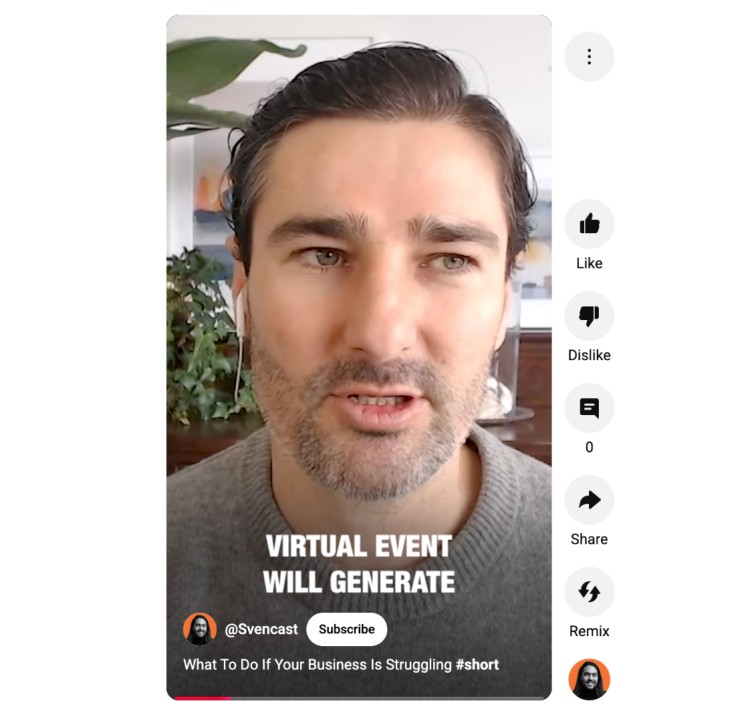
If you’re putting out content and want more people to watch, listen, or stick around? You’re in this group. But let’s get specific.
Here’s who really benefits:
- A course creator running a six-week video series on mindset who wants students to stay engaged across time zones and attention spans.
- A health coach sharing quick tips on Instagram Reels, adding open captions so viewers can follow along on mute while waiting at the pharmacy.
- A business author uploading interview clips to LinkedIn. Closed captions make the content searchable, accessible, and more professional.
- A speaker promoting their latest keynote recording and adding subtitles in Spanish and Mandarin to the podcast trailer to get international reach without re-recording.
- A podcast host running guest interviews where audio clarity varies. Captions help viewers catch what someone said without having to rewind.
- A spiritual coach who runs bilingual events and uses subtitles on replay videos so both English and Portuguese speakers can follow the teachings.
Captions and subtitles aren’t just a bonus. They’re a visibility tool. They make your content more inclusive, more skimmable, and more shareable.
When to use captions
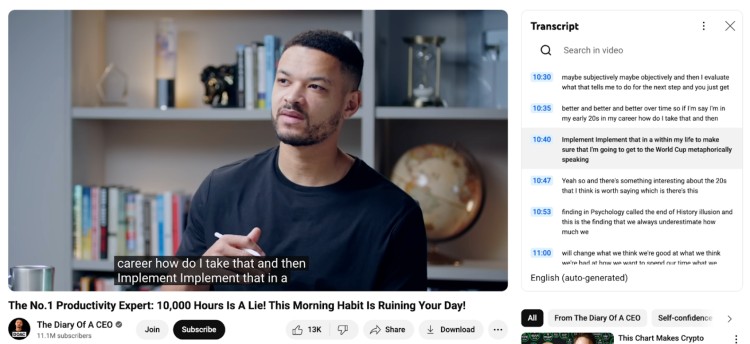
Use captions when your audience speaks the same language as your content, but might be watching silently, in a noisy spot, or just prefers reading along.
Think about these situations:
- Someone scrolling LinkedIn at work with their sound off.
- A podcast listener who missed a part and wants to skim the transcript.
- A YouTube viewer who’s hard of hearing but wants to learn from your video.
Here are three podcast shows that use captions well:
- The Daily by The New York Times: Each episode releases a full transcript the next day and captioned clips for promotion.
- Higher Learning with Van Lathan and Rachel Lindsay: Their full-length YouTube episodes include clean closed captions, helping viewers catch key moments, or when new guests join the discussion.
- Diary of a CEO by Steven Bartlett: Full YouTube uploads come with clean closed captions and a full transcript, which helps boost engagement, especially for deeper, emotional topics.
Captions give your content staying power. If you run a coaching or interview podcast, this is an easy way to boost clarity and reach without changing your format every time you record a podcast.
Planning your next recording? Use this podcast script generator to speed up your prep and help your captions match your flow.
When to use subtitles
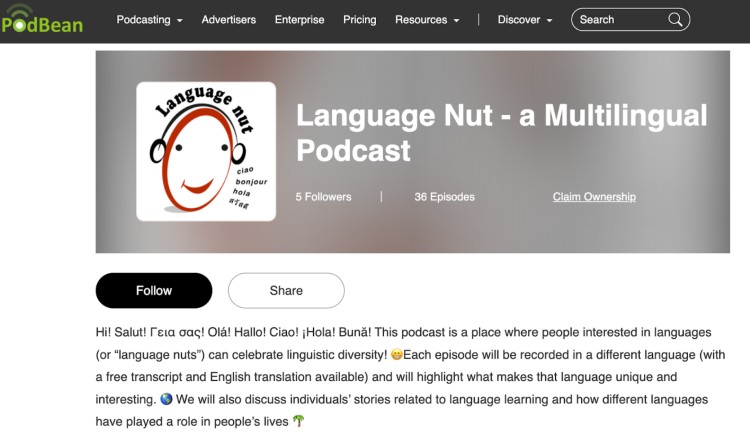
Subtitles are perfect when your content is in one language, but your audience isn’t. You still want them to hear the tone and flow of the original voice, but the text gives them what they need to understand it.
Situations where subtitles shine:
- When your audience includes non-native speakers and you want them to grasp every word of a good podcast topic.
- When you’re repurposing a podcast interview from English to a wider international market.
- When you’re running ads or clips in new regions but don’t want to dub the whole thing.
Here are three podcast shows that make smart use of subtitles:
- TED Talks Daily: Many episodes come with multilingual subtitles, helping their ideas reach a truly global audience.
- Ochenta Stories by Studio Ochenta: Features original stories in languages like Spanish, Korean, and French, with translated subtitles and transcripts available online.
- Language Nut – A Multilingual Podcast: Each episode is recorded in a different language, with transcripts and English translations provided to make every story accessible.
If you’re scaling your podcast or brand internationally or just want to help non-native speakers connect with your message, subtitles do the heavy lifting.
Want your episodes to hook people from the first line? Here’s how to start a podcast script that works with subtitles and captions from the get-go.
Best practices for captions and subtitles (Checklist)
Captions and subtitles aren’t just a “set it and forget it” add-on. If you want people to actually watch, read, and stay tuned, they’ve got to be clean, clear, and done right.
Here are the ten best practices to follow:
☐ Use sentence case: Avoid all caps. Much easier on the eyes and more natural to read.
☐ Keep lines short: 32 to 40 characters per line is a good rule.
☐ Limit to 1-2 lines per screen: Keeps things readable without blocking the video.
☐ Time them right: Sync the text to the audio as closely as possible. That’s podcasting 101.
☐ Add speaker labels: Helpful for interviews, panels, or podcast-style episodes.
☐ Include non-speech sounds: Like [music fades in], [laughter], or [applause] to give full context
☐ Use tools to speed it up: Try Descript, CapCut, VEED, or Kapwing. They’ll help you generate and edit faster. Works for all types of podcasts.
☐ Always review the captions: Don’t rely 100% on the auto-generated version regardless of how long your podcast is.
☐ Use high contrast colors: White text with a black outline usually works well, especially for open captions. It’s part of what makes a good podcast.
☐ Choose the right file type: Platforms like YouTube prefer SRT or VTT files for uploading.
Want to leave a lasting impression? Here’s how to end a podcast in a way that pairs perfectly with clean captions and shareable subtitled clips.
Top 10 tools for captions and subtitles
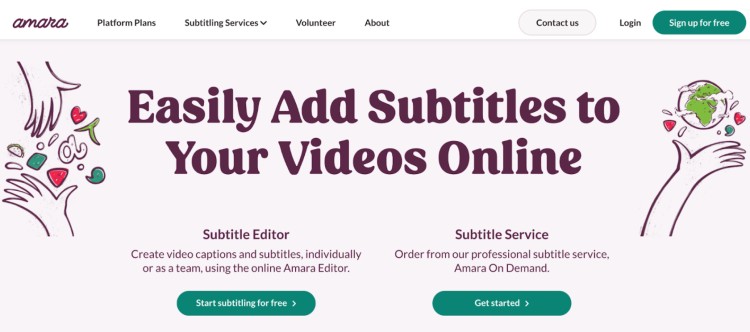
You don’t need to do it all manually. Here are ten solid tools that can help you create accurate, clean captions or subtitles without wasting hours editing your video file line by line.
Best tools for subtitles (translation-focused)
- Amara. Ideal for translating subtitles across multiple languages. Great for teams, educators, and global content creators.
- Subtitle Edit. Free desktop software for precise subtitle syncing, editing, and translation. Supports over 200 languages.
- Happy Scribe. Transcribes and translates subtitles with timecode accuracy. Exports your transcription in all major subtitle formats.
- Aegisub. Advanced subtitle editor for creators who want total control over subtitle styling, timing, and translation.
- OOONA Toolkit. Used by professional subtitlers. Offers cloud-based tools for subtitle creation, QC, and multi-language workflows.
Best tools for captions (accessibility-focused)
- Rev. Human-generated closed captions with sound cues and speaker labels. Ideal for podcasts, courses, and ADA compliance. Not built for translation.
- YouTube Studio. Built-in captioning tool. Auto-syncs spoken words and lets you edit captions before publishing.
- Otter.ai. Easy captioning service that generates transcripts and captions for video calls, meetings, podcasts, and more. Easy to edit and export.
- Adobe Premiere Pro. For creators who edit their own videos. It lets you burn in open captions, customize styles, and control timing.
- 3Play Media. High-accuracy captions with ADA compliance tools, video integrations, and support for large-scale content teams.
Every Word Counts. Even the Ones They Don’t Hear.
If you’ve been mixing up closed captions vs subtitles, now you know. There’s a clear difference, and using the right one helps your message land stronger.
Captions give your content reach without sound. Subtitles let your content cross borders. Both make you more discoverable and easier to follow, whether your audience is at the gym, in the car, or halfway around the world.
The real win? Using captions or subtitles the smart way gets you watched longer, remembered more, and taken seriously.
Want your podcast to reach more people and keep them listening longer?
Create your free Talks Creator profile here.
Make your show easier to find. Easier to follow. Easier to share. Let your voice stand out on screen and in their ears.
